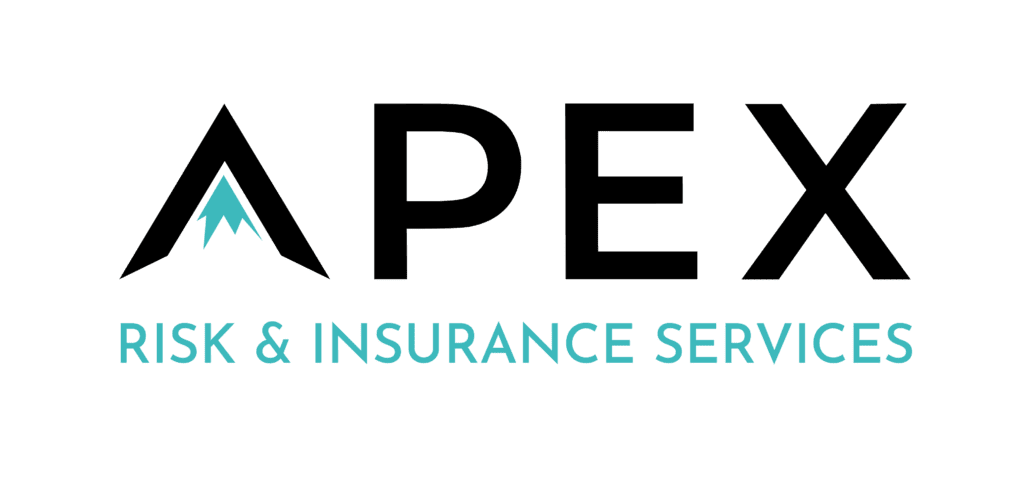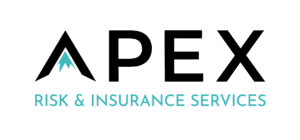Let’s Talk National Disaster Coverage: Are You Covered for Named Storms?
In the last few years, we’ve seen a spike in the number of natural disasters, such as earthquakes, storms, and hurricanes. With hurricane season just barely coming to a close while Hurricane Ian swept through communities and caused tremendous damage, many business owners may be wondering: what happens if an event like this hits my business? What am I covered for? What will happen next?
In this article, we’ll discuss the different types of catastrophic storm coverage, how a named storm can impact your insurance policy, and what you can ask your broker about to ensure you’re covered. Let’s get started.
Types of Natural Disasters and Commercial Insurance Coverage
Coverage can vary depending on both the type of natural disaster and the area in which the business is located.
Tornados
According to the National Oceanic and Atmospheric Administration, more than a thousand tornadoes hit the United States each year.
Similar to hurricane coverage, commercial insurance typically covers wind damage and can reimburse owners for damage caused by rain and hail.
Floods
Owners tend to underestimate the risk of floods, but 90% of natural disasters include some form of flooding and, as we’ve discussed, most insurance companies require flooding to be a separate policy. We highly recommend considering investing in a separate flood policy to protect your business.
Earthquakes
Earthquake coverage is also sold as a separate policy from commercial insurance but can help protect businesses against a variety of earthquake-induced effects, such as collapsed gas lines, crumbling or cracking walls, as well as damage to the interior and exterior of buildings. Insurers vary in the type of coverage they provide for earthquakes, so owners should clarify what exact damage is protected in their policy.
To learn more about coverage for events such as wildfires and volcanoes, check out our Guide to Natural Disasters and Commercial Insurance.
Hurricanes
Most standard commercial insurance policies cover losses resulting from wind, such as a roof being damaged or torn off, broken windows, and exterior damage. Additionally, policies should cover water damage resulting from rain leaking into the building.
However, flood insurance is a separate policy. If a business is located in an area vulnerable to floods, owners will need to invest in flood insurance to protect their business against losses.
Let’s discuss how a named storm or hurricane can affect your insurance policy.
Named Storm or a Hurricane: How Does It Affect Your Insurance Policy?
Some insurance policies have a special deductible – the amount the policyholder owes before the insurance company starts paying its share of the loss – for losses caused by named storms. These are called catastrophic event property deductibles or “CAT” deductibles. What does this mean for policyholders? Let’s discuss.
What Are Catastrophic Event Property (CAT) Deductibles?
CAT deductibles are a significantly higher out-of-pocket expense to the policyholder and apply to specific events -such as named storms, hurricanes, floods and earthquakes – rather than to all perils.
How Do CAT Deductibles Work?
The three most popular forms of CAT deductibles are:
- A high fixed dollar amount deductible
- A percentage deductible
- A deductible expressed in terms of National Flood Insurance Program (“NFIP”) limits
High Fixed Dollar Amount Deductible
A catastrophic event property deductible may be a fixed dollar amount. This amount will apply to a particular property, location or, more commonly, per occurrence.
Review your policy and consider enlisting the help of your broker to determine if the deductible is per event, per season, or per calendar year. Why? If multiple named storms damage your property within the same coverage period – a calendar year, for instance – you may have to pay the deductible more than once.
Percentage Deductible
These percentages can range from one to 10% of the value of the property. Let’s take a look at an example:
If a homeowners policy has a 5% named storm deductible on a $500,000 house, the policyholder would be responsible for paying $25,000 out of pocket.
Deductible in terms of National Flood Insurance Program (“NFIP”) Limits
A flood deductible may be expressed in terms of NFIP limits. For example:
- “equal to the maximum NFIP limits available per building and its contents whether purchased or not.” OR
- “equal to the amount recovered under an NFIP policy.”
What is the National Flood Insurance Program?
Floods can happen anywhere and to anyone. It is important for business owners to protect their most important assets from a flood. These assets likely include, for example, their property, their business, and their possessions.
However, as we’ve discussed, flood insurance is a separate policy. This policy can cover buildings, the content in the buildings or both.
The National Flood Insurance Program (NFIP) is managed by FEMA and is delivered to the public by a network of more than 50 insurance companies and the NFIP Direct.
The NFIP provides flood insurance to “property owners, renters and businesses, and having this coverage helps them recover faster when floodwaters recede. The NFIP works with communities required to adopt and enforce floodplain management regulations that help mitigate flooding effects.”
Contact your insurance company or agent to purchase flood insurance.
Ready to Find the Right Insurance for Your Business?
At Apex Commercial Insurance Services, we focus on giving small to mid-market businesses the attention they deserve.
For more information, contact us today or check out our policies. Apex Risk is dedicated to providing clear explanations and guidance that addresses real problems that may arise for your business in your unique industry. Learn who we are and why we do what we do, here.










